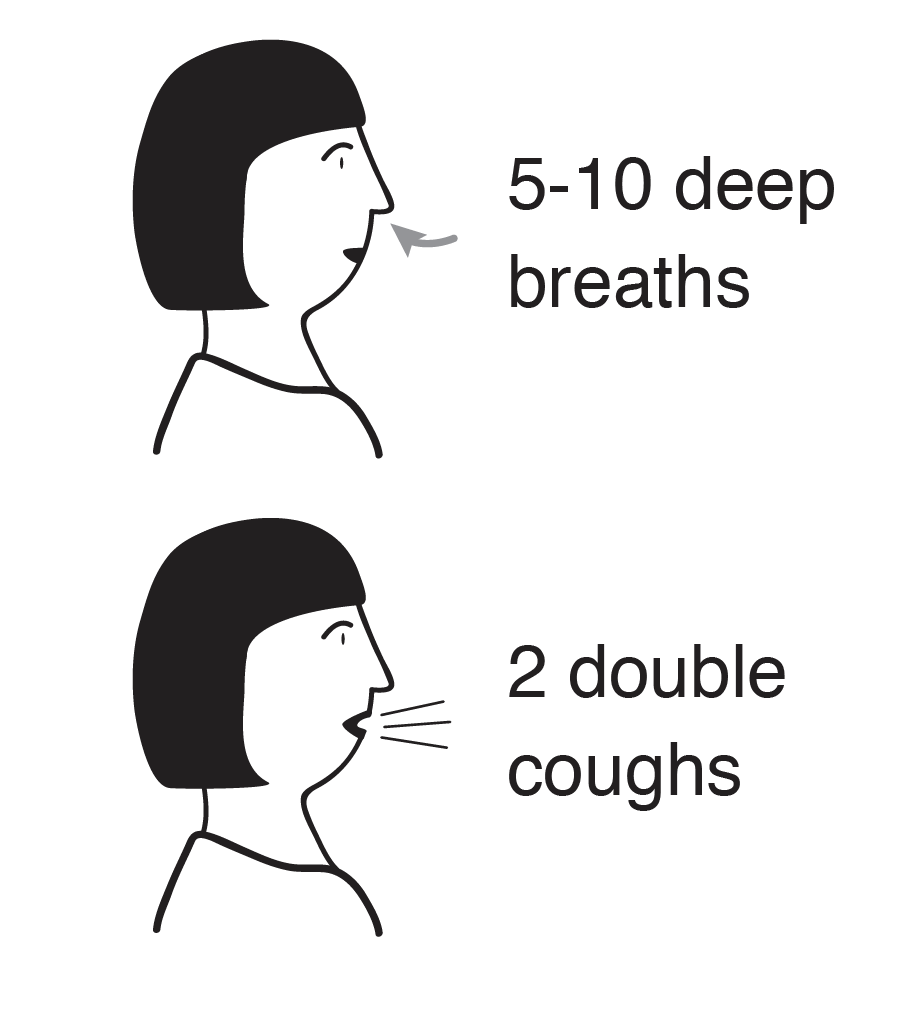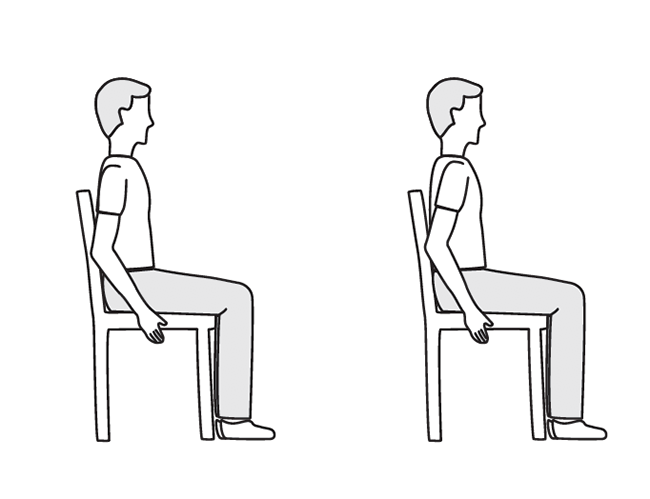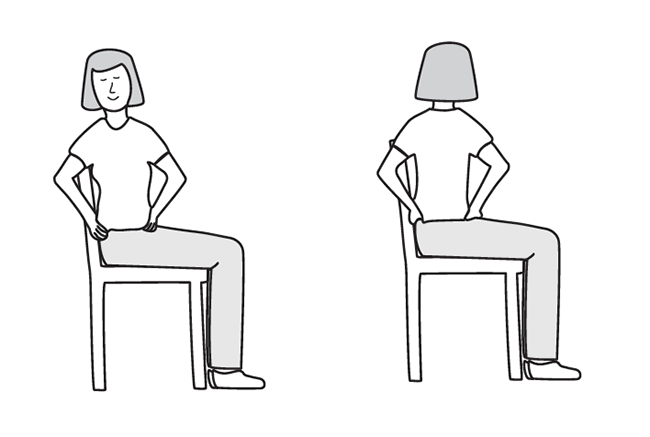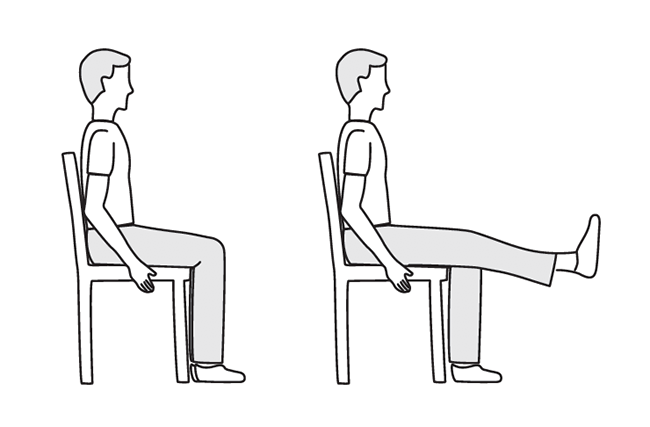Your home exercise program
Deep breathing and coughing
Your lungs may continue to produce an increased amount of fluid for one to two weeks after you are home from the hospital. To help clear mucus and prevent you from getting a lung infection, you should continue the same deep breathing and coughing exercises that the team taught you while in hospital.
Instructions
- Support the incision when coughing or sneezing by hugging your chest.
- Take 5 to 10 deep breaths followed by two double coughs four times a day for another two weeks after you leave the hospital.
| Repititions | Frequency |
|---|---|
| 4 | Daily |

Walking
This walking program will improve the fitness of your heart, lungs and muscles. All muscles must be built up slowly, and the heart is no exception. This walking program will gradually reintroduce your heart to exercise, starting with very short walking periods. It begins with such short walks that you may be tempted to skip some levels. Follow the guidelines and give your heart time to adjust to increasing amounts of work.
Instructions
- Begin walking using the guidelines in the activity tracker. Within the first two weeks, aim to improve approximately one level per day. Thereafter, progress through the weeks as described.
- Walk at a comfortable pace on a level surface. Do not include any stairs in your walking program.
- When you can walk for 10 minutes, you may walk outdoors. Exercise indoors if the weather is extremely cold or hot or if there is high humidity or poor air quality. Some good indoor places to walk are a local shopping centre, apartment hallway, or recreation centre.
- Be sure to plan your walks and communicate your route with your support person. Do not walk in secluded areas. Walk in areas that are emergency vehicle accessible and bring a cell phone with you.
- If the suggested progression is too tiring, or if you miss one day, stay on the same level for another one or two days. If you feel tired or unwell, or have not exercised for two or more days, drop a level when you begin again.
General exercises
This general exercise program should be integrated into your daily schedule once you are comfortable with the walking program. The program is designed to help alleviate muscle stiffness, fatigue and poor posture and to improve strength and flexibility. This is different from the walking program, which is for cardiac fitness. Therefore, one program cannot substitute for the other.
Your physiotherapist may make changes for you as required before you leave the hospital.
Instructions
- The exercise program should be done once a day and can either be completed all at once or spread-out throughout the day.
- All exercises should be done slowly with relaxed, deep breathing. Make sure you are not holding your breath during the difficult parts of any exercise. The exercises should be comfortable and painless. Do not push any exercises or activity to the point of discomfort or pain.
Shoulder rolls
Shoulder rolls
Roll shoulders forward in a circle 10 times. Roll shoulders backwards in a circle 10 times. Relax.
| Repititions | Frequency |
|---|---|
| 1 | Hourly |

Arm exercise
Arm exercise
Begin with arms straight out in front at shoulder level. Take a deep breath while raising your arms above your head. While breathing out, touch behind your neck, then lower your arms behind your back. Relax. Repeat 10 times, every day.
| Repititions | Frequency |
|---|---|
| 1 | Hourly |

Neck stretch
Neck stretch
Turn your head to look over one shoulder, back to centre, then look over the other shoulder. Repeat 10 times, every day.
| Repititions | Frequency |
|---|---|
| 1 | Hourly |

Trunk rotation
Trunk rotation
Put your hands on your hips and feet flat on the floor. Slowly twist your waist and shoulders around to look behind you. Left, then right. Repeat 10 times, every day.
| Repititions | Frequency |
|---|---|
| 1 | Hourly |

Leg straightening
Leg straightening
Keep your thighs on the chair, straighten one leg. Relax that leg and then straighten the other leg. Repeat 10 times, every day.
| Repititions | Frequency |
|---|---|
| 1 | Hourly |

Activity Tracker
Take control of your recovery by recording your activity and progress.
Download our printable activity tracker (opens in a new window)






